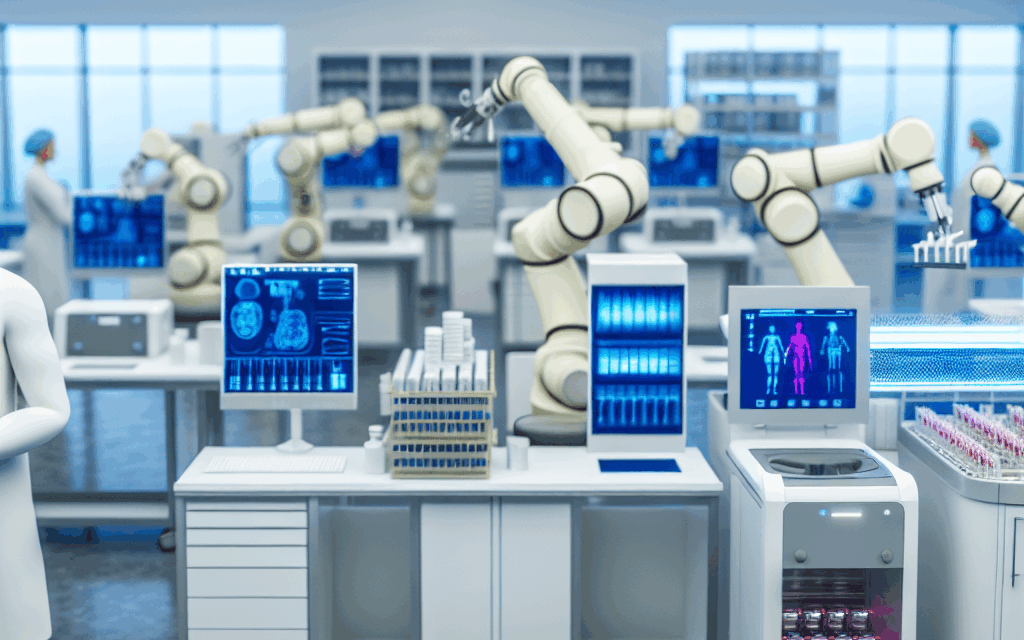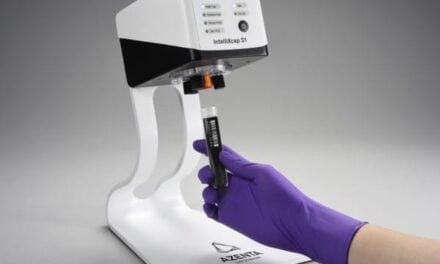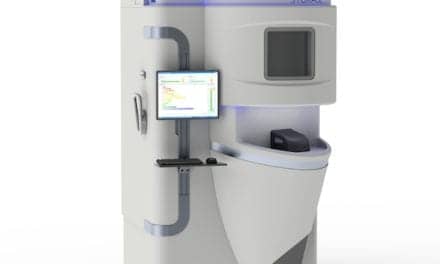Summary
Walk into any exhibit hall showcasing clinical lab equipment, and you’ll quickly notice the spotlight on automation. Although new laboratory professionals may still learn manual testing techniques, the majority of labs are actively phasing out manual workflows in favor of automated solutions. Let’s explore why this shift is happening and what it means for clinical laboratories today.
Key Takeaways
- Automation in labs addresses reduced staffing and budgets.
- Automation minimizes inefficiencies inherent to manual processing.
- Manufacturers are focusing on creating solutions that meet clinical labs’ evolving needs.
- There is still value in training new lab techs in traditional manual techniques.
One of the primary drivers behind the push for automation in clinical laboratories is the need to address staffing challenges. Many labs face constraints on the number of skilled professionals available, and automation provides a viable solution to this problem. Automated systems enable laboratories to maintain high levels of productivity while employing fewer staff members. This efficiency is crucial at a time when healthcare institutions are facing tight budgetary conditions.
Another factor favoring automation is the process efficiency it offers. Manual processing is often plagued with issues such as human error and time-consuming steps. Automated solutions reduce these inefficiencies by ensuring consistent and accurate test results within a shorter time frame. This predictability is valuable in a clinical environment where timely and reliable outcomes can have significant implications for patient care.
Additionally, automation aligns with the broader trend in healthcare of leveraging technology to enhance service quality and operational efficiency. As hospitals and healthcare networks increasingly integrate technology into their operations, labs that adopt automation gain a competitive advantage. They can deliver results faster, which can expedite diagnosis and treatment planning, ultimately improving patient outcomes.
Meeting the Needs of Modern Clinical Laboratories
Manufacturers of in vitro diagnostic instruments and assays play a critical role in advancing laboratory automation. They have been proactive in responding to the evolving landscape of clinical diagnostics by developing instruments that cater to the specific needs of modern laboratories. These solutions are designed to be both robust and versatile, accommodating a wide range of tests and sample types with minimal human intervention.
Some firms have also developed platforms that can integrate with existing laboratory information systems, enabling seamless data transfer and improving workflow efficiency. These integrated solutions streamline operations by reducing the time spent on data entry and minimizing the risk of data errors.
Despite the shift towards automation, it’s important to remember the enduring value of training new lab techs in traditional manual techniques. These foundational skills might sometimes be necessary in situations where equipment fails or when handling specific tests that require manual intervention. Thus, a balanced approach that combines both automation and manual expertise is ideal for maintaining comprehensive laboratory capabilities.
Conclusion
The trend toward automation in clinical laboratories is driven by practical necessities like staffing and budget constraints, coupled with the pursuit of efficiency and accuracy. By adopting automated solutions, labs can sustain high productivity, minimize errors, and integrate seamlessly with the broader healthcare technology ecosystem. While the future of labs is undoubtedly automated, the foundational skills of manual testing remain relevant.





